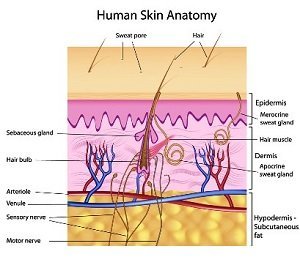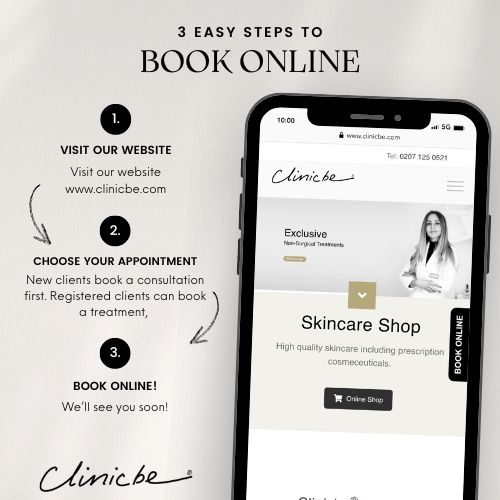 With Laser and Chemical Peels
With Laser and Chemical Peels
Allowing sun damage to take effect is incredibly damaging and ageing for the appearance of skin.
It occurs when the skin is over-exposed to the sun’s harmful UVA and UVB rays.
While it is commonly associated with excessive use of sunbeds or sunbathing, sun damage is equally possible via everyday exposure to sunlight. So you don’t just have to be aware of the risks of basking in the sun, it’s also those little bursts of sun exposure such as popping out of the office, jogging or even putting out the washing.
It is said that as little as 15 minutes in the sun can cause sunburn. However, sun damage can take many years to be noticeable. It has a cumulative effect, so people that think they’ve got away with it can be surprised by a sudden appearance of symptoms decades later.
The signs of overexposure to the sun include:
- premature lines and wrinkles
- freckles or sun spots
- pigmentation or hyperpigmentation
- complexion/texture issues
- lack of radiance
- moles which may be melanoma (skin cancer)
Medical Risks – Melanoma
It is very important to watch for any suspicious moles on the skin as melanoma is a highly dangerous form of skin cancer – this could include irregular, fast growing or changing moles or moles with discharge or unusual colouring.
Professional Sun Damage Treatment
It is never too late to treat sun damage.
London-based Dr Barbara Kubicka MD sees many patients whose skin has been affected by overexposure to the sun.
She offers a wide range of treatments that can help improve sun damaged skin, including PRP platelet rich plasma and Dermaroller micro-needling. However, she particularly advocates a new approach consisting of carefully executed professional sun damage treatment which combines two powerful therapies:
- chemical peels – intense, medical grade exfoliation, removing the top dead skin cells to promote cell renewal for a brighter, healthier skin
- laser treatment – using powerful lasers that work deep within the skin to stimulate production of new collagen. This has a firming and tightening effect
The combination of treatments is important as the two approaches complement each other. The skin’s texture and complexion is visibly improved. The treatment also tackles pigmentation issues which can be hard to reverse with DIY treatments.
After treatment, the following at-home treatments or routines can help to maintain and further improve the condition of the skin:
- Use sunscreen SPF30+ every day, particularly in summer
- Apply moisturiser twice a day
- Refrain from smoking
- Exfoliate, to remove dead skin cells and stimulate cell renewal
- Get plenty of sleep and exercise
- Eat a healthy diet, rich in antioxidants
- Drink water where possible
About Clinicbe
Dr Kubicka founded Clinicbe to offer a new holistic approach to skincare treatments; treating the patient as a whole in order to get the best possible results from any treatments they may have. Private consultations include individual advice on nutrition and lifestyle to help tackle skincare issues from within and compliment professional treatments. Popular treatments include wrinkle-relaxing injections and facial fillers as well as mesotherapy and dermaroller.
For further information or to arrange a confidential consultation, please contact us:
Tel: 0207 125 0521
Address: Clinicbe®, Knightsbridge, London, SW1X
Email: info@clinicbe.com
Website: www.clinicbe.com







